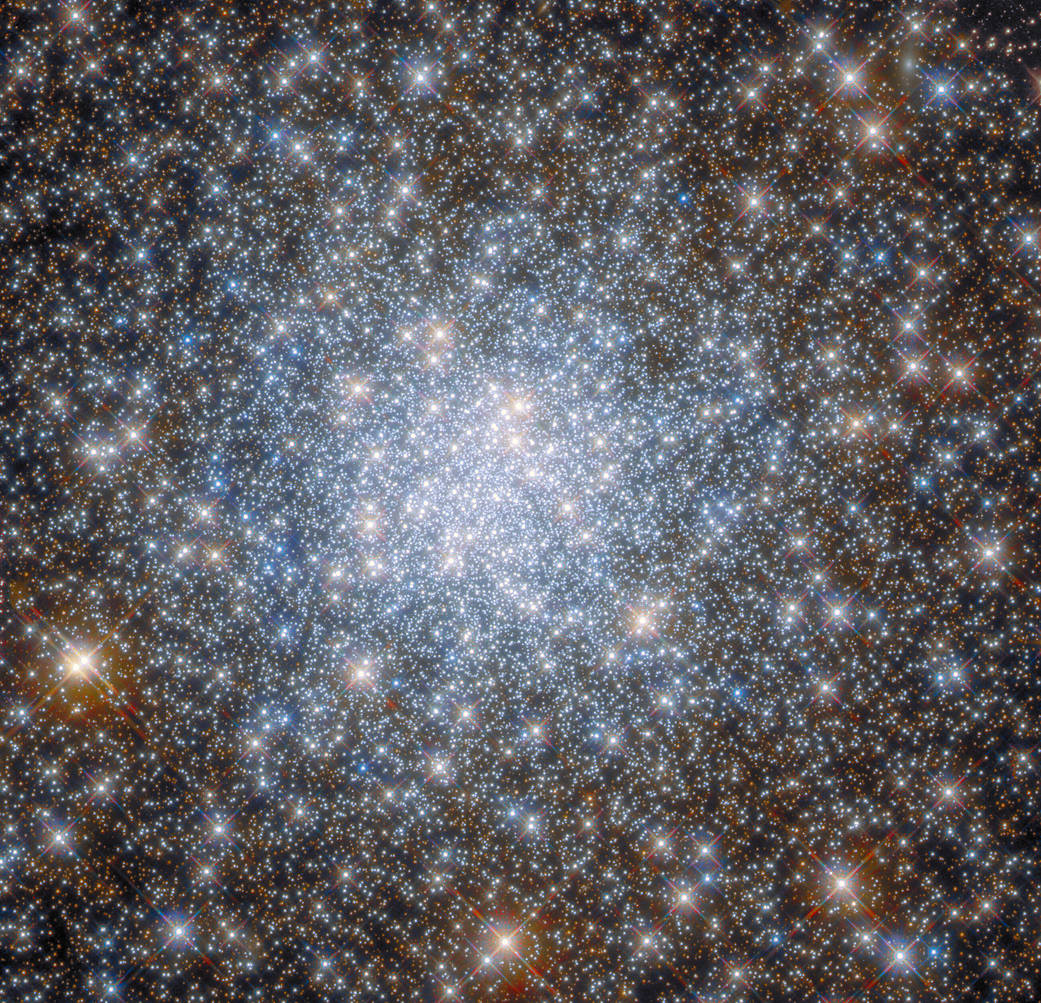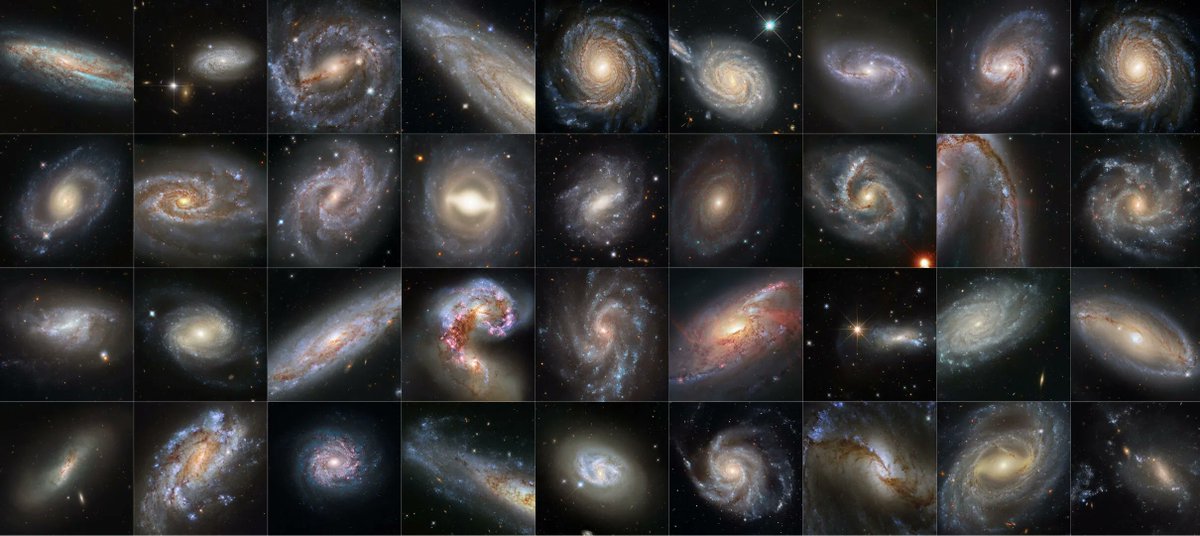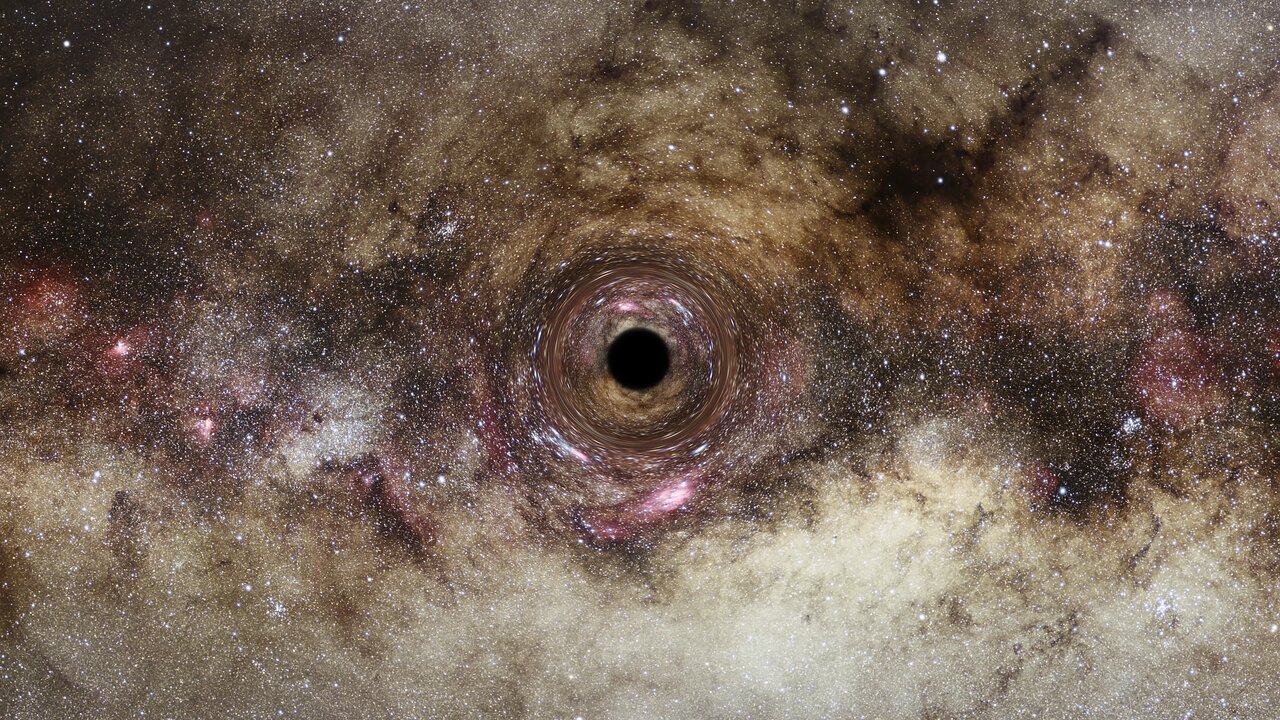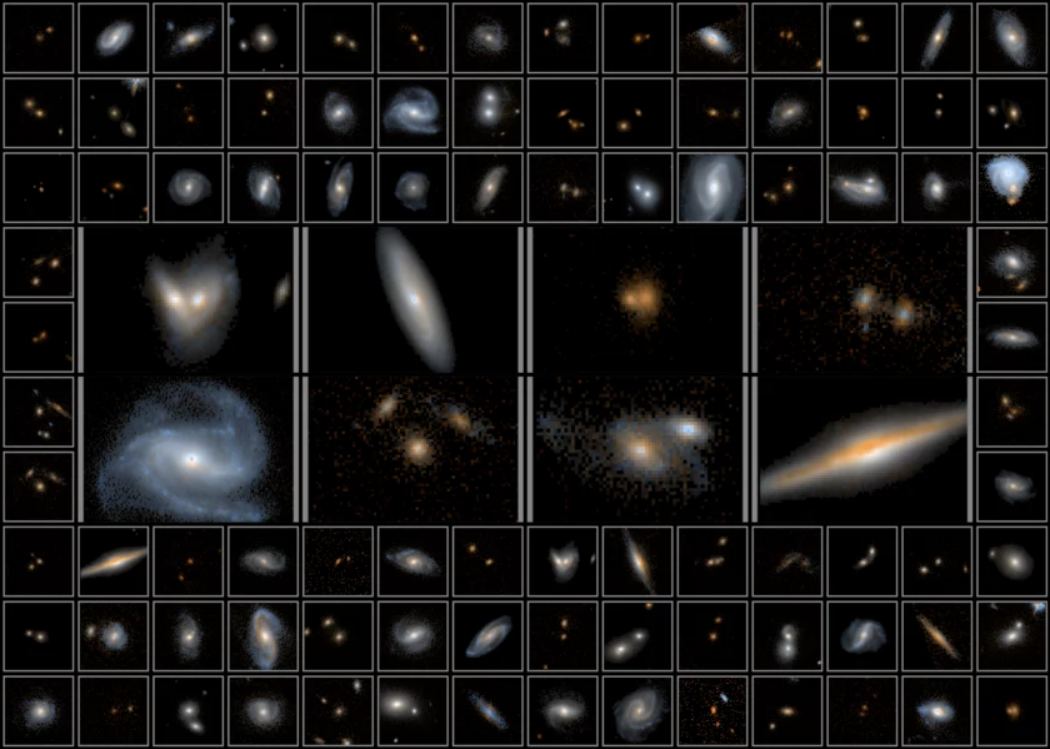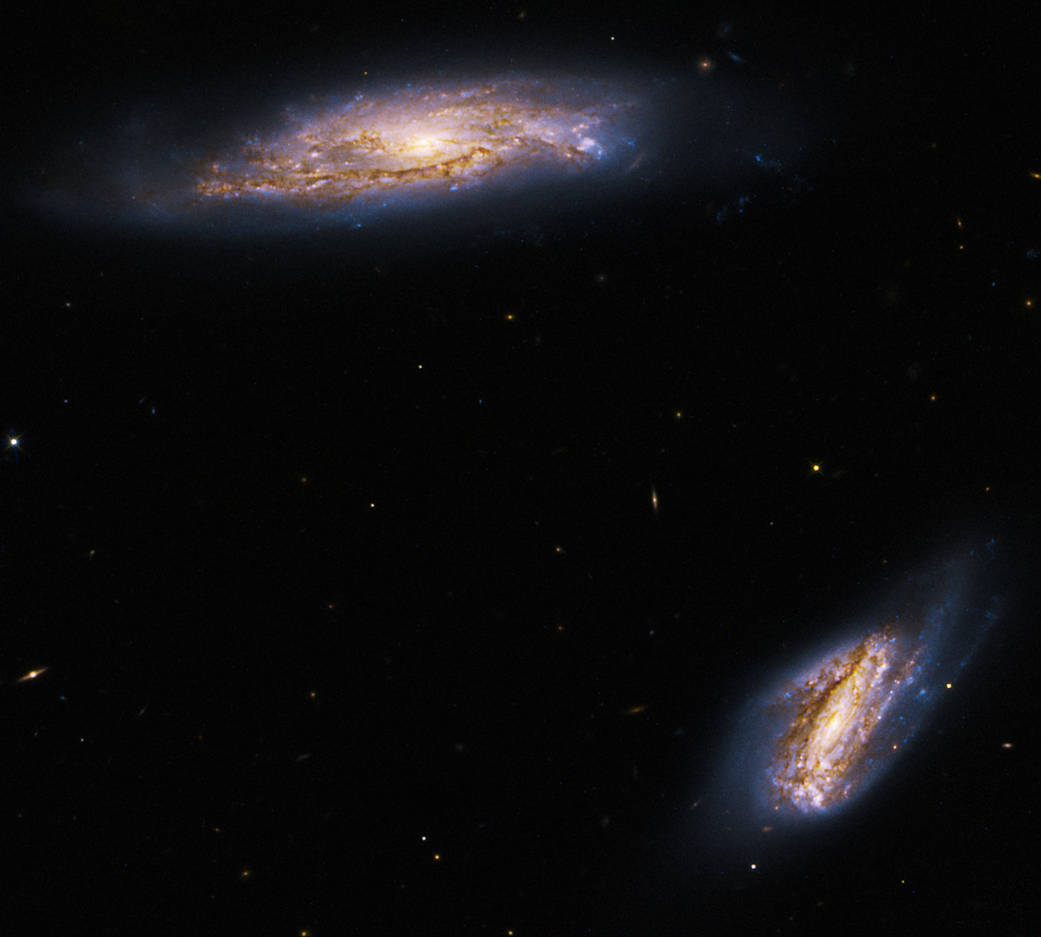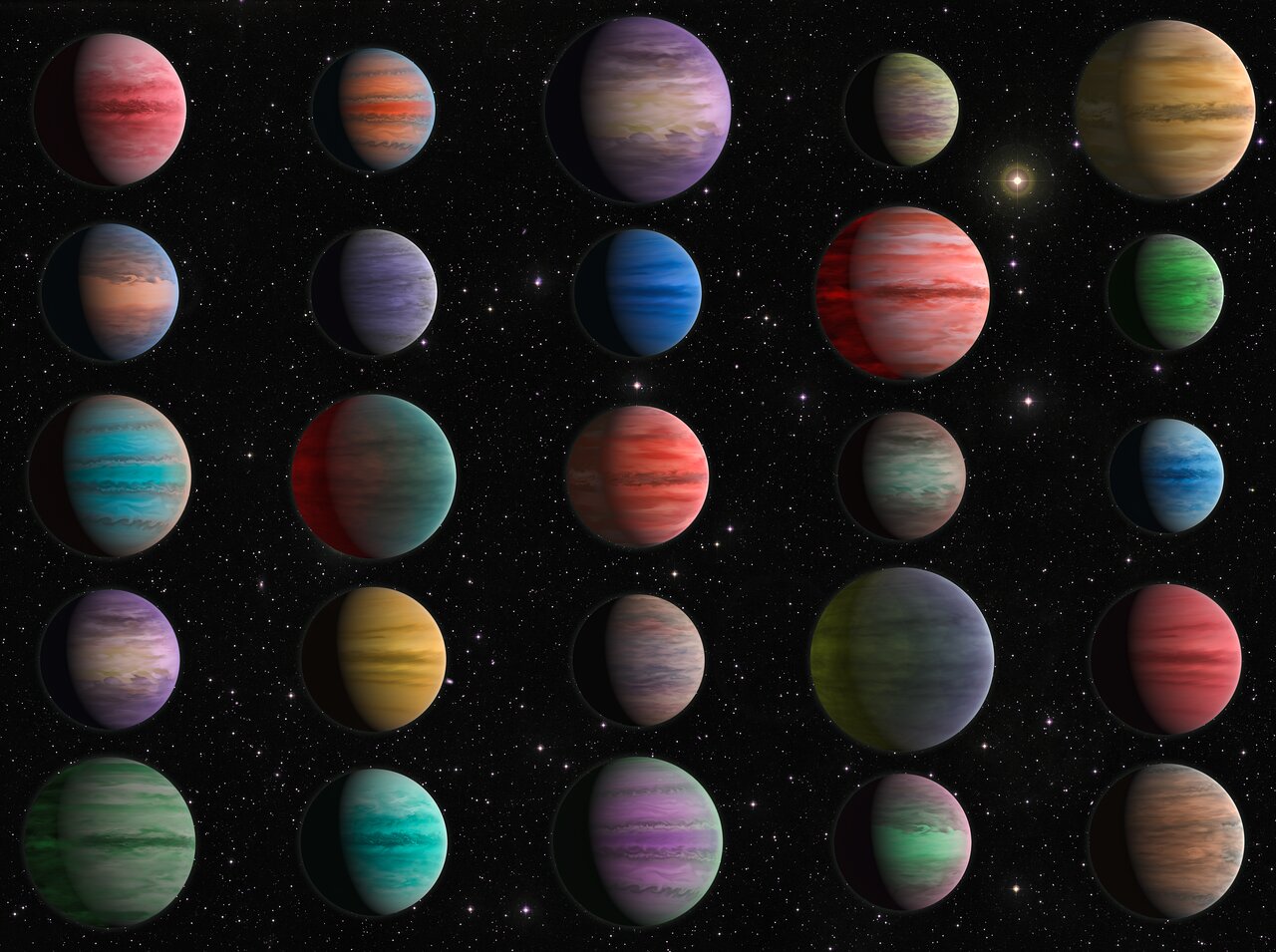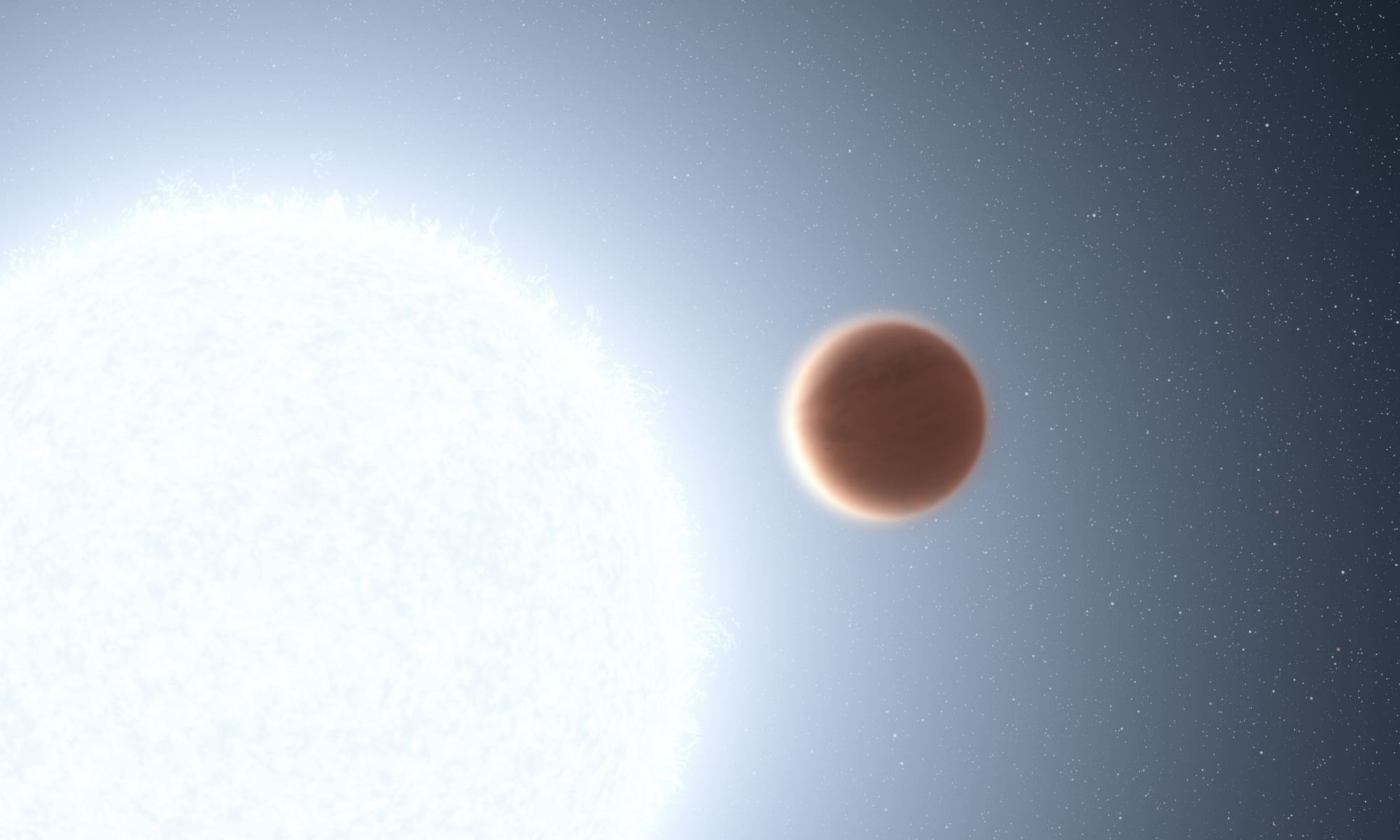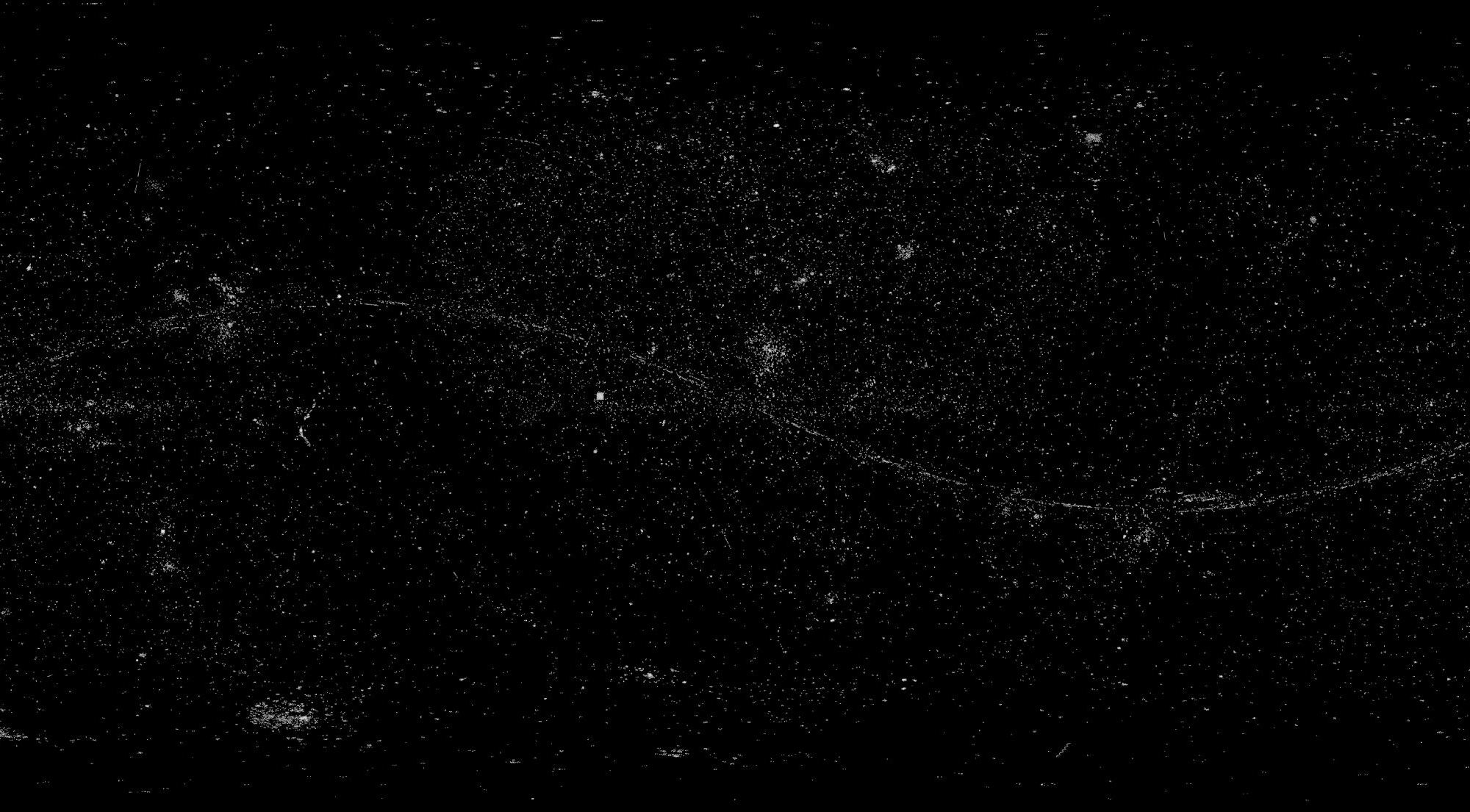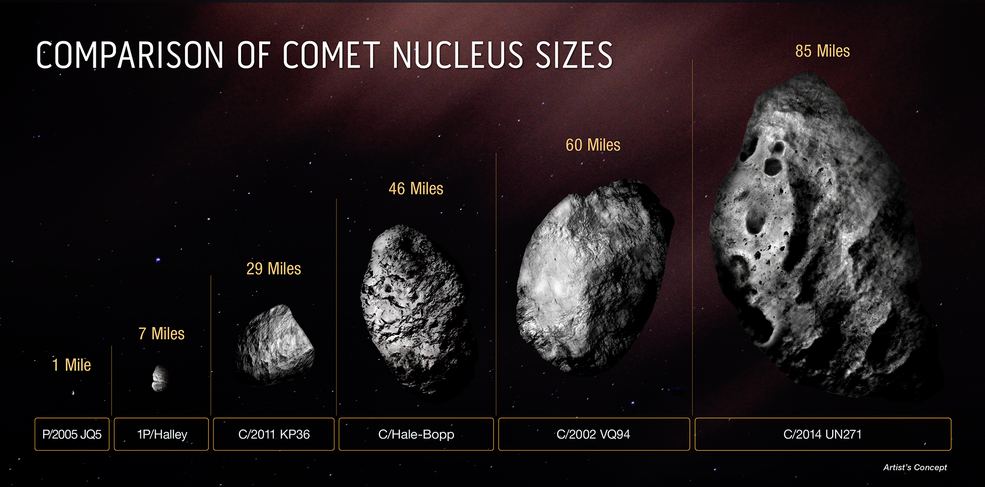Wow, what a beauty! While we’ve all turned our attentions to the new James Webb Space Telescope, this image proves Hubble has still has got it where it counts.
This new image from the Hubble Space Telescope shows the heart of the globular cluster NGC 6638 in the constellation Sagittarius. This star-studded cluster contains tens of thousands to millions of stars, all tightly bound together by gravity. Globular clusters have a higher concentration of stars towards their centers, and this observation highlights that density.
Continue reading “Hubble can Still Impress and Inspire. Here's Globular Star Cluster NGC 6638”
